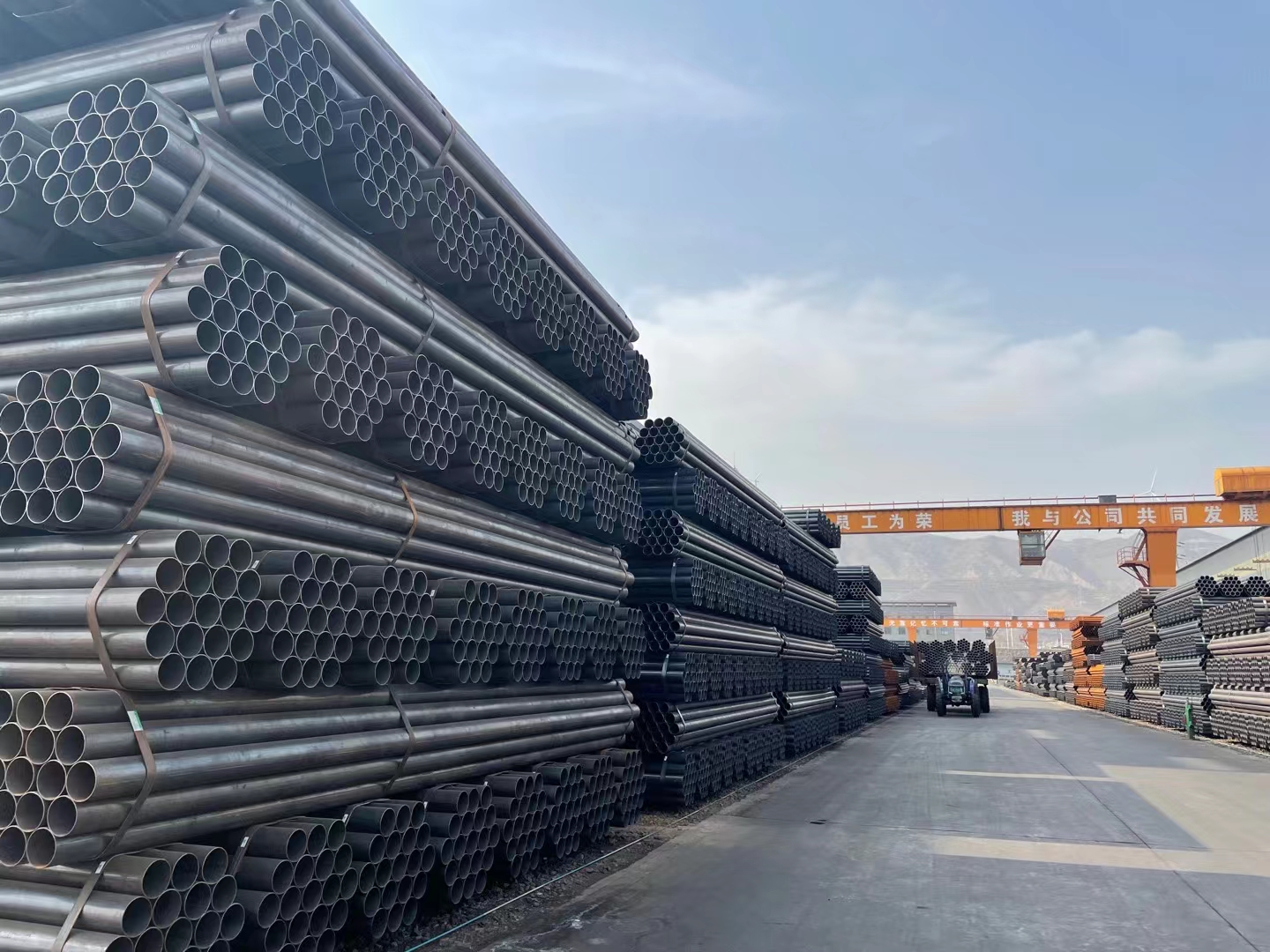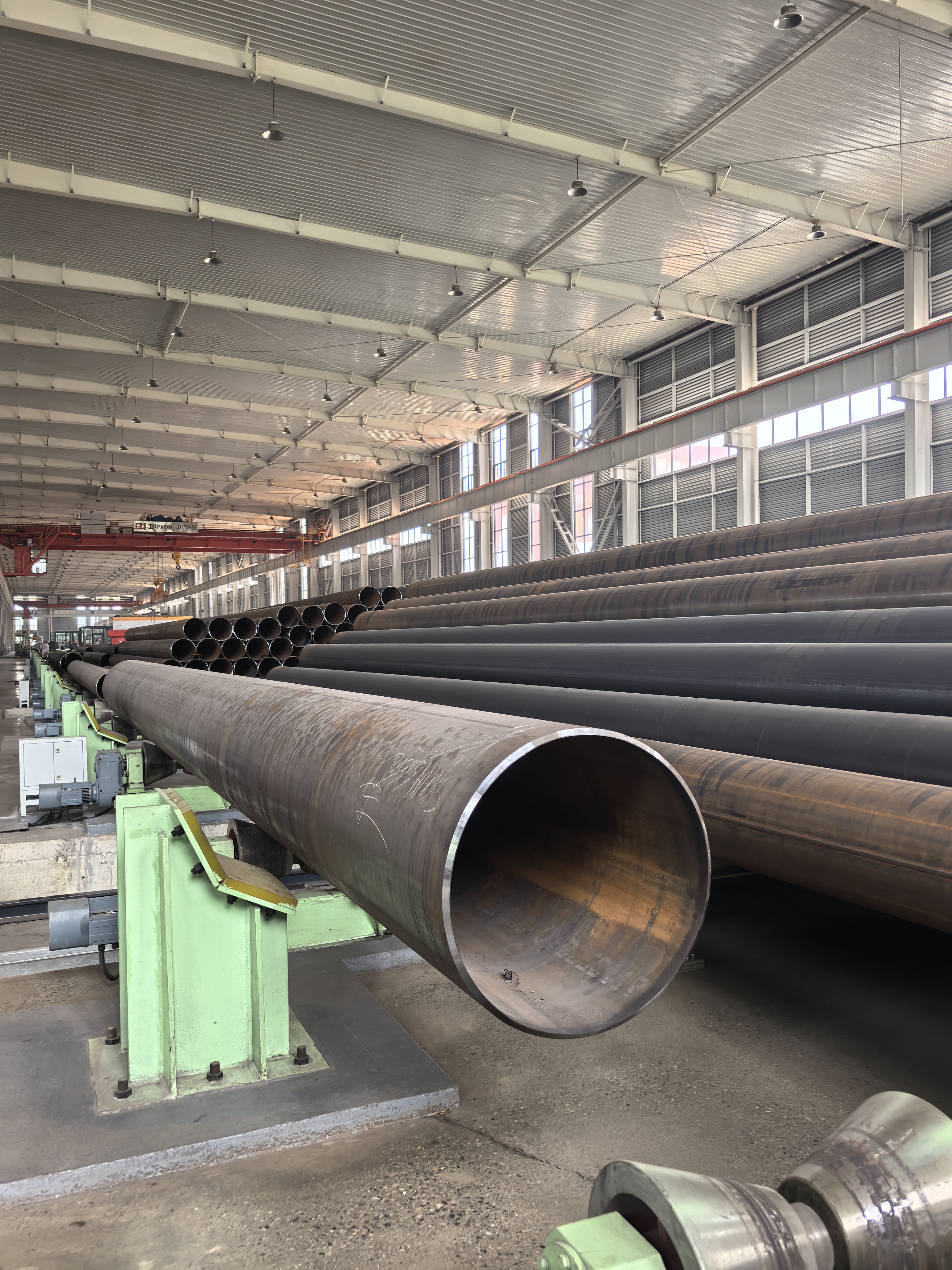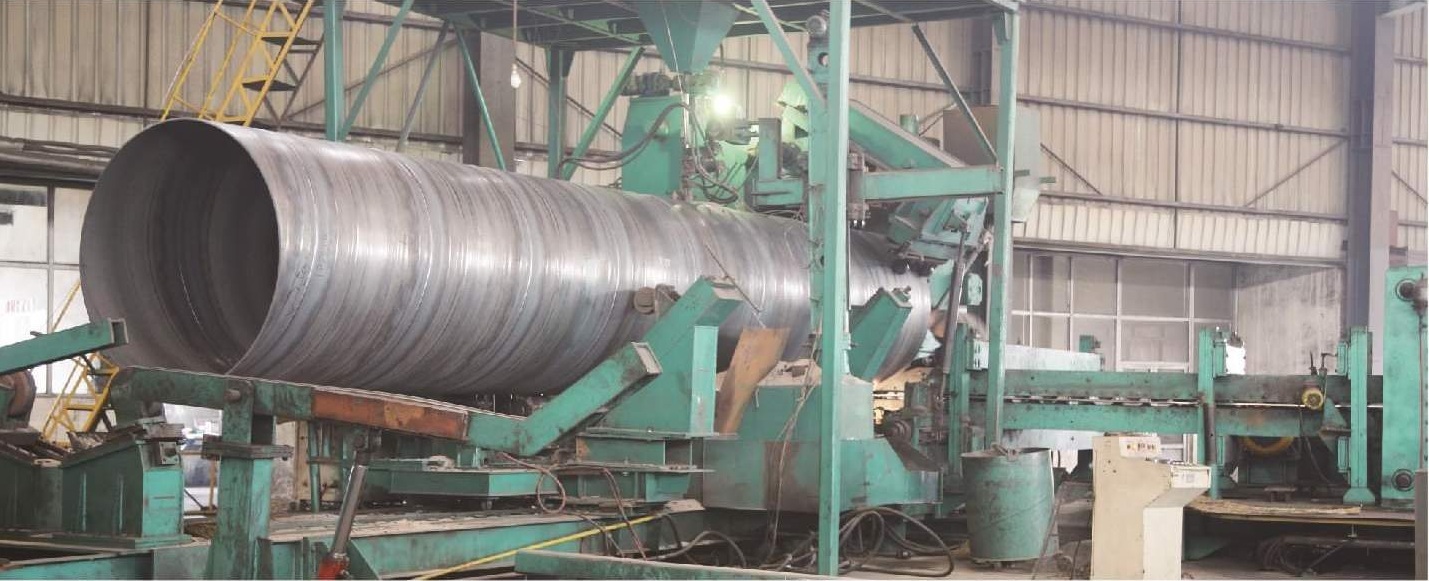Welded steel pipes, also known as welded tubes, are steel pipes made by welding steel plates or strips after they are rolled and formed. They are generally cut to a length of 6 meters. The production process of welded steel pipes is simple, with high production efficiency, a wide variety of specifications, and low equipment investment, but their general strength is lower than that of seamless steel pipes.
The three main types of welded steel pipes are classified based on their manufacturing process and welding technique.
Electric Resistance Welded (ERW) Pipe
ERW Weld Pipe Process: Steel coil is formed into a cylindrical shape, such as round, square and rectangular, and the edges are fused using high-frequency electric current.
ERW Pipe Characteristics:
Smooth weld seam (no filler material needed).
Cost-effective for low-to-medium pressure applications.
Common in water, gas, and structural uses.

ERW Pipe Sizes: Typically up to 24 inches (OD 610mm) in diameter.
Submerged Arc Welded (SAW) Pipe
SAW Steel Pipes Process:
Longitudinal (LSAW): A single straight weld along the length (for large diameters).
Spiral (SSAW/ HSAW): Helical weld for better stress distribution.
SAW Weld Pipe Characteristics:
Thicker walls, high strength (used in oil/gas pipelines).
Suitable for high-pressure and heavy-duty applications.
SAW Pipe Sizes: Ranges from 8 inches to over 100 inches in diameter.


Comparision between ERW and SAW
| Type | Full Name | Best Applications | Pressure Rating | Common Sizes | Key Takeaway |
| ERW | Electric Resistance Welded | Water, gas, structural | Low-Medium | Up to 24" | General-purpose, cost-effective. |
| LSAW | Longitudinal Submerged Arc Welded | Oil, gas, high-pressure | High | 16" – 56" | Heavy-duty, high-pressure. |
| SSAW | Spiral Submerged Arc Welded | Large-diameter pipelines | High | 8" – 120"+ |
Post time: Jul-28-2025